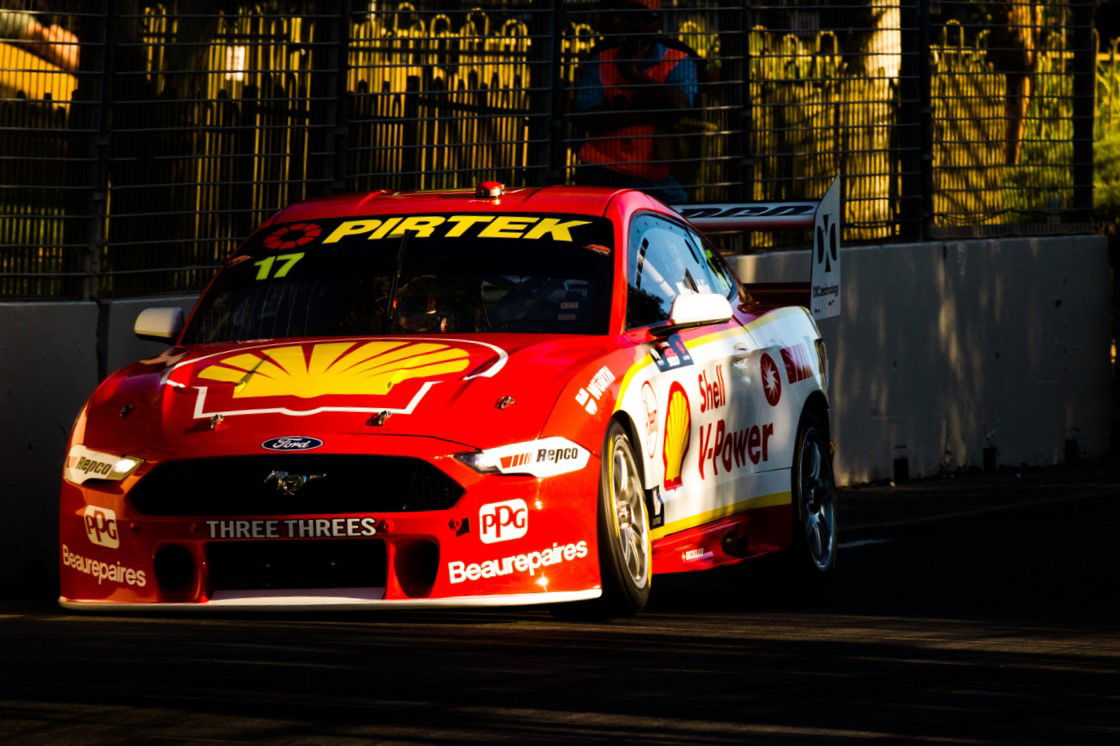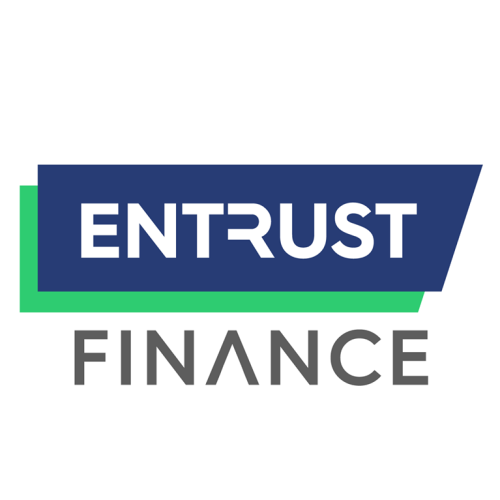

The Australian Institute of Sport has issued the Framework for Rebooting Sport in a COVID-19 Environment which will guide Supercars and other sporting organisations as to how they may return to competition.
The release of 15 principles (listed below) coincided with a press conference in which Prime Minister Scott Morrison said that “Australians have earned an early mark” on coronavirus-related restrictions, meaning National Cabinet will meet to consider relaxation of some of those measures next Friday, a week earlier than planned.
Sporting bodies have been in discussions with the office of the Federal Minister for Youth and Sport, Sen Richard Colbeck, this week.
Motorsport has been represented by Motorsport Australia, on behalf of all levels of the sport from Supercars down to the grassroots level.
Prime Minister Morrison confirmed no decisions have been made on when and in what way sport will resume.
Speaking with select media during a roundtable teleconference just an hour prior to Morrison’s address, Supercars CEO Sean Seamer said he is still expecting to provide an update in mid-May.
“(There is) not much change that we can talk about from a series point of view,” said Seamer.
“As I’m sure you can imagine, we’re flat out behind the scenes working through our scenario plans, looking at our travel options, looking at how we navigate the country, and just like everybody else, taking government advice.
“We believe today is the day we will get more clarity from the National Cabinet as it relates to professional sports.
“We’re buoyed by some of the positive momentum in government conversations that we’re having.
“We don’t anticipate any change to us providing an update for another couple of weeks yet.
“We’re working with Motorsport Australia and all the state governments on our plans as a priority,” Seamer added.
“We’re very different as a sport. We’re not a contact sport. We’re focussing on what we need to do to get going.
“We’re working with Eugene (Arocca) and the team at Motorsport Australia on a motorsport plan and the individual state governments.”
Appended to the AIS framework is a three-stage system for community and individual sport which outlines recommended activities.
Stage A means limited sporting activity can take place; Stage B would see outdoor, non-contact sport in groups of 10 or less allowed; while under Stage C, all sports can take place in line with eased restrictions.
National Principles for the Resumption of Sport and Recreational Activities
1. Resumption of sport and recreation activities can contribute many health, economic, social and cultural benefits to Australian society emerging from the COVID-19 environment.
2. Resumption of sport and recreation activities should not compromise the health of individuals or the community.
3. Resumption of sport and recreation activities will be based on objective health information to ensure they are conducted safely and do not risk increased COVID-19 local transmission rates.
4. All decisions about resumption of sport and recreation activities must take place with careful reference to these National Principles following close consultation with Federal, State/Territory and/or Local Public Health Authorities, as relevant.
5. The AIS ‘Framework for Rebooting Sport in a COVID-19 Environment’ provides a guide for the reintroduction of sport and recreation in Australia, including high performance sport. The AIS Framework incorporates consideration of the differences between contact and non-contact sport and indoor and outdoor activity. Whilst the three phases A, B and C of the AIS Framework provide a general guide, individual jurisdictions may provide guidance on the timing of introduction of various levels of sport participation with regard to local epidemiology, risk mitigation strategies and public health capacity.
6. International evidence to date is suggestive that outdoor activities are a lower risk setting for COVID-19 transmission. There are no good data on risks of indoor sporting activity but, at this time, the risk is assumed to be greater than for outdoor sporting activity, even with similar mitigation steps taken.
7. All individuals who participate in, and contribute to, sport and recreation will be considered in resumption plans, including those at the high performance/professional level, those at the community competitive level, and those who wish to enjoy passive (non-contact) individual sports and recreation.
8. Resumption of community sport and recreation activity should take place in a staged fashion with an initial phase of small group (<10) activities in a non-contact fashion, prior to moving on to a subsequent phase of large group (>10) activities including full contact training/competition in sport. Individual jurisdictions will determine progression through these phases, taking account of local epidemiology, risk mitigation strategies and public health capability.
a. This includes the resumption of children’s outdoor sport with strict physical distancing measures for non-sporting attendees such as parents.
b. This includes the resumption of outdoor recreational activities including (but not limited to) outdoor-based personal training and boot camps, golf, fishing, bush-walking, swimming, etc.
9. Significantly enhanced risk mitigation (including avoidance and physical distancing) must be applied to all indoor activities associated with outdoor sporting codes (e.g. club rooms, training facilities, gymnasia and the like).
10. For high performance and professional sporting organisations, the regime underpinned in the AIS Framework is considered a minimum baseline standard required to be met before the resumption of training and match play, noting most sports and participants are currently operating at level A of the AIS Framework.
11. If sporting organisations are seeking specific exemptions in order to recommence activity, particularly with regard to competitions, they are required to engage with, and where necessary seek approvals from, the respective State/Territory and/or Local Public Health Authorities regarding additional measures to reduce the risk of COVID 19 spread.
12. At all times sport and recreation organisations must respond to the directives of Public Health Authorities. Localised outbreaks may require sporting organisations to again restrict activity and those organisations must be ready to respond accordingly. The detection of a positive COVID-19 case in a sporting or recreation club or organisation will result in a standard public health response, which could include quarantine of a whole team or large group, and close contacts, for the required period.
13. The risks associated with large gatherings are such that, for the foreseeable future, elite sports, if recommenced, should do so in a spectator-free environment with the minimum support staff available to support the competition. Community sport and recreation activities should limit those present to the minimum required to support the participants (e.g. one parent or carer per child if necessary).
14. The sporting environment (training and competition venues) should be assessed to ensure precautions are taken to minimise risk to those participating in sport and those attending sporting events as spectators (where and when permissible).
15. The safety and well-being of the Australian community will be the priority in any further and specific decisions about the resumption of sport, which will be considered by the COVID-19 Sports and Health Committee.





















Discussion about this post